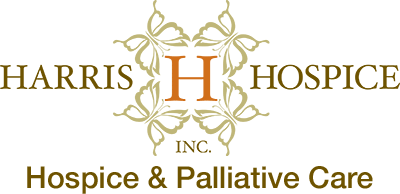You’ve Got Questions, We’ve Got Answers
Frequently Asked Questions
Who qualifies?
Any person who has a limited life expectancy that has been medically diagnosed with life-threatening illness. Hospice care is appropriate when a doctor, along with the patient and their family, decide that the patient may no longer benefit from a curative treatment. Patients may be discharged if their condition improves or if the disease goes into remission. Hospice care may be resumed at a later time if necessary.
Who pays for hospice?
There will be absolutely no out of pocket expenses for care related to the hospice diagnosis.
What does hospice really do?
Hospice provides specialized care services (patient care including symptom management, emotional support, spiritual support and psychosocial intervention), addressing issues most important to the patient’s needs and wants at the end of their life and focusing on improving the individual’s quality of life.
How do I know when it is time for end-of-life care?
Patients are eligible for hospice care when they have been diagnosed with a terminal illness with a prognosis of 6 months or less. At that time, comfort, care, and symptom management become the primary focus, and curative treatment is no longer the patient’s choice or option.
When should hospice be called?
Hospice should be called at any time the patient has been diagnosed with a life-limiting illness. It is appropriate to discuss all of the patient’s care options, including hospice.
Where is hospice care provided?
Are all hospices the same?
Can my pain and symptoms be controlled at home?
There have been great advances in pain and symptom control in the past few years. Most symptoms can be controlled without the use of injections or IV medication. The hospice nurses assess each patient’s pain and symptom control at each visit. Hospice medical director is always available to adjust medications.
